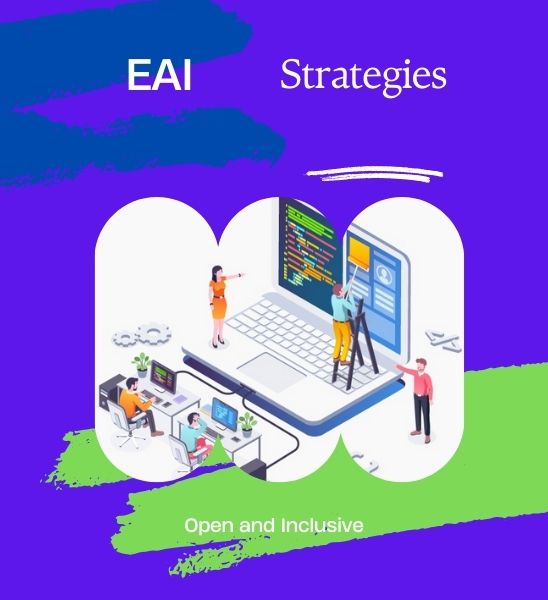
Worldover enterprise applications are acquired and adopted into an organization based on certain criteria and modes.
In most cases they are because of business needs, and often such decisions are within decision makers of a department in conjunction with the IT department. In some cases they are acquired as a result of an external consultant or advisor making a recommendation. Some times such applications are adopted as a part of business acquisitions.
Also many applications are developed on business needs either internally or via an outsourced operation.
In all the above scenarios there are some challenges which the CIO faces especially as the years pass by. Enterprise Applications do not talk to each other easily. Most enterprises end up buying on immediate needs, and despite best technology forecasting, these applications lose out edge as new technologies, protocols and standards emerge.
Adoption of an enterprise application has its expenses outside development and acquisition. Enterprise workers are often trained to use the application, and then there is the cost of comfort zones in software application use. Many workers, especially those who are technologically challenged, find it difficult to abandon applications used by them. This is also considered one of the biggest challenges organizations face in adopting new technologies and applications.
Most CIOs opine that it’s difficult to justify the costs of abandoning or changing existing software as enterprise wide application rollouts are expensive. So there’s always pressure to keep investing in existing applications.
But these applications often developed on non compatible and proprietary technologies find it difficult to talk to each other. While most CIOs are advised to invest in software that offer APIs based on open technologies, they often complain that software acquired even half a decade back does not come with such APIs.
The silver bullet idea to the lack of communication between enterprise apps is enterprise application integration (EAI).
EAI is not a monolithic approach. In fact there is no single standard, but a choice of number of open standards and protocols. But all of these approaches point to one fundamental rule. Create a middleware framework that is open to to talk to every application and who can accept all kind of data flows.
Ideally the middleware will not demand configuration changes, or code changes to the application, but would work with whatever data interchanges accepted by the application.
Communication between enterprise applications is rarely automated. Hence they are not meant to communicate, or interchange data, or adapt to common business rules.
Also these applications may be hosted on cloud or on servers in house. They may be developed using an open source framework or on a proprietary platform. They may be using an open source database, a No SQL database, proprietary database or even database-as-a-service.
And also data could be available in unstructured format.
EAI aids IT organization in reduction of dependence of various software vendors and coordination between them.
One of the goals of EAI is to create unified dashboards for all enterprise workflows. Such intelligent dashboards help not just in decision making, but it also improves overall productivity.
Instead of galavanting through multiple dashboards of applications big and small, users can avail all needed information at a single place with EAI.
Netzary offers a wide range of enterprise integration practices and solutions. Our approach is always to build EAI platform on Free and Open Source technologies as far as possible to ensure that customers are not locked on to a single platform in the future.
We offer all 5 major models that are used by the industry in EAI. These include Point-to-point integration which is using a script to extract data from one application, modify its structure or format, and send it to a different application or applications. We do data extraction usually in Python programming language.
When the number of applications grow, we often adopt the hub-and-spoke model, a centralized hub connects to enterprise applications, captures, and re-formats data. We use automation or bus integration when the applications are larger, and where manual intervention is expensive.
We create middleware in almost all cases. Our middleware is always designed to offer REST APIs, data downloads in CSV, Excel for future data mining, GraphQL for integration with modern applications. We also facilitate API usage so the delivery can be anywhere on computing edge or over a mobile platform.
Most customers see value in microservices being developed as a part of an EAI project. Well articulated micro-services offer interfaces that can be used by applications both internal and external.
Not all software can be spun into microservices. However with a middleware your application layer, you can almost always achieve the impossible.
Netzary has deep experience in Kubernetes, Containerization, Infrastructure as a code, and application modernization.
We are up to any challenge in EAI and microservices.
Talk to us today